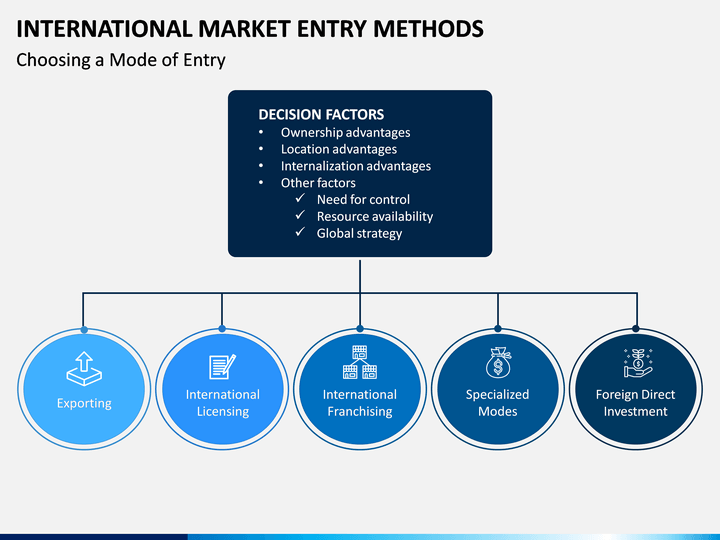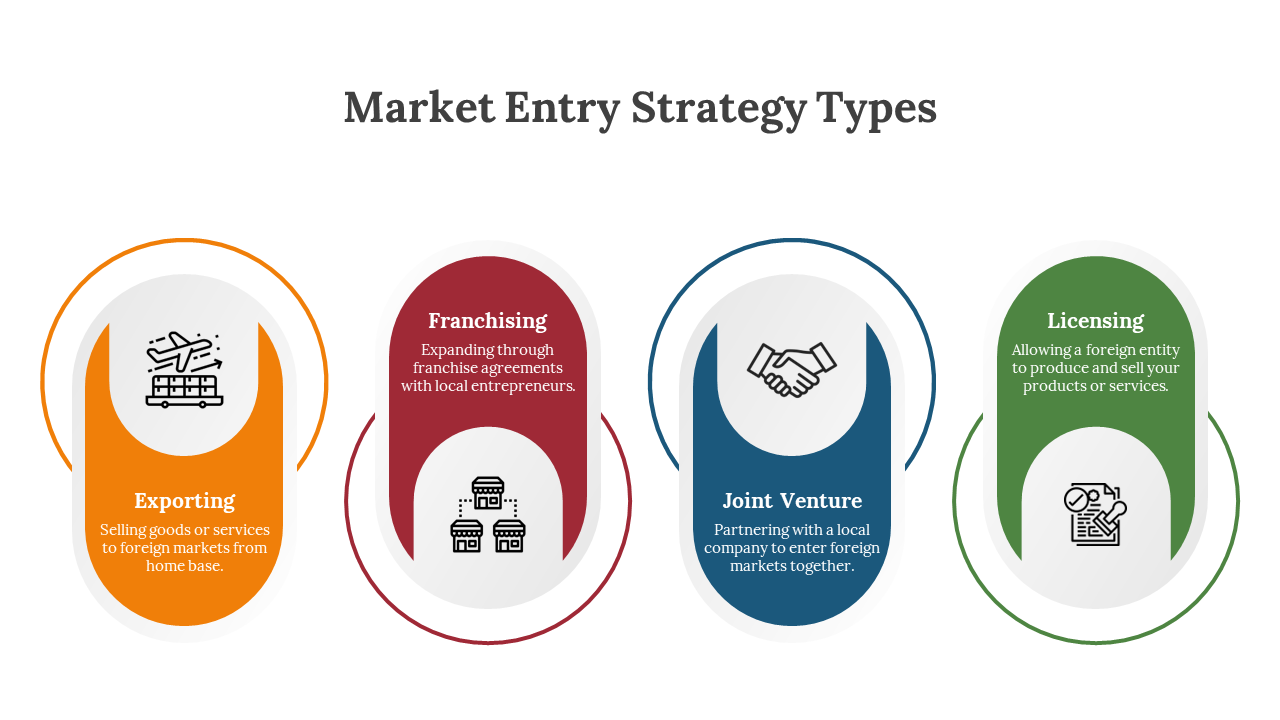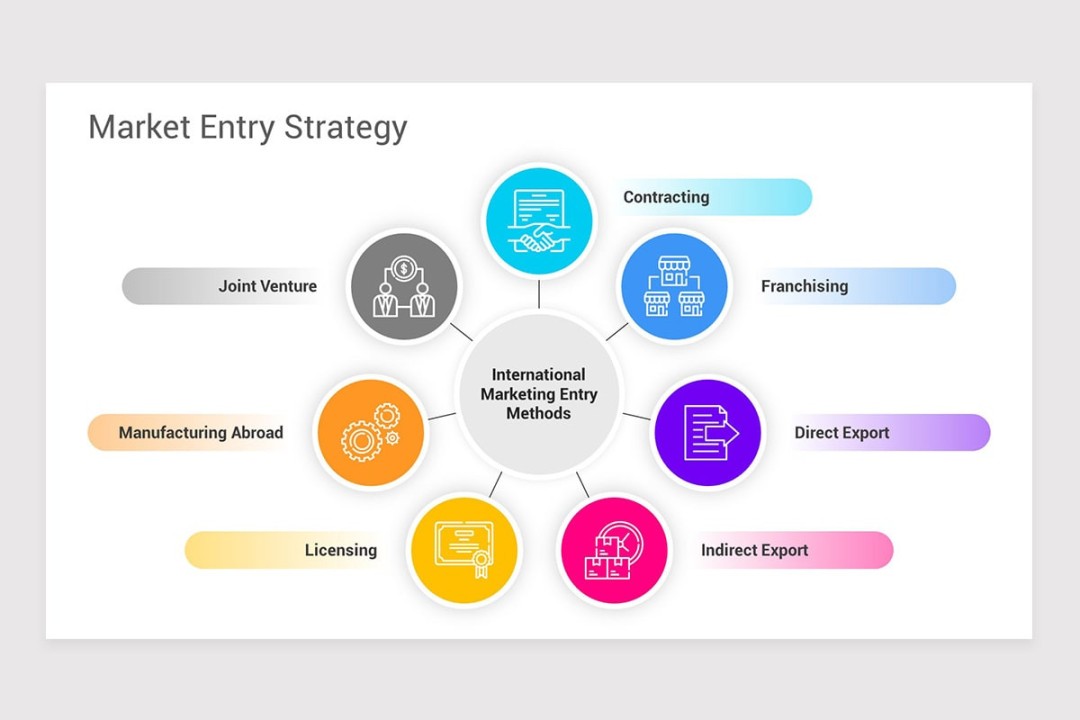Market Entry Strategy: A Comprehensive Guide
Entering a new market can be a daunting task for any business, but a well-crafted Market Entry Strategy can make the process smoother and more effective. This article explores the critical elements of a market entry strategy, including its importance, various types, and best practices for successful implementation.
Understanding Market Entry Strategy
What is a Market Entry Strategy?
A Market Entry Strategy is a plan that outlines how a company intends to enter a new market and gain a competitive advantage. It involves a thorough analysis of market conditions, customer needs, competition, and potential barriers to entry. By establishing a clear strategy, businesses can minimize risks and optimize their chances of success.
Importance of Market Entry Strategies
The significance of having a robust market entry strategy cannot be overstated. Here are some key reasons why it is essential:
- Risk Mitigation: Entering new markets often involves substantial risks. A well-defined strategy helps identify potential pitfalls and develop contingency plans.
- Resource Allocation: Understanding the market landscape allows businesses to allocate resources efficiently, ensuring that investments yield maximum returns.
- Competitive Advantage: A tailored market entry strategy can provide a competitive edge, helping businesses differentiate themselves from local players.
For a deeper dive into the importance of strategic planning, check out this resource.
Types of Market Entry Strategies
Businesses have several options when it comes to entering a new market. Here are some of the most common market entry strategies:
Direct Exporting
Direct exporting involves selling products or services directly to customers in the target market. This approach allows businesses to maintain control over their brand and customer relationships. However, it also requires a strong understanding of local regulations and market conditions.
Licensing and Franchising
Licensing and franchising are popular strategies that allow companies to leverage local knowledge and resources. In this model, a business grants rights to a local entity to produce and sell its products or services. This approach reduces risks and capital investments but may limit control over brand image.
Joint Ventures and Partnerships
Forming a joint venture or partnership with a local company can provide valuable insights into the new market. This strategy enables businesses to share risks, resources, and expertise while benefiting from the local partner’s established network.

Wholly Owned Subsidiaries
Establishing a wholly owned subsidiary is a more capital-intensive approach, where a company builds or acquires a business in the target market. This strategy offers complete control over operations but comes with higher risks and costs.
Analyzing the Market
To develop a successful market entry strategy, businesses must conduct thorough market analysis. This involves several key steps:
Conducting Market Research
Market research is essential for understanding customer preferences, market trends, and competitive dynamics. It can be conducted using qualitative and quantitative research methods, such as surveys, interviews, and focus groups.
Qualitative and Quantitative Research Methods
- Qualitative Research: This method focuses on gathering in-depth insights into consumer behavior and motivations. Techniques may include interviews, focus groups, and observational studies.
- Quantitative Research: This involves statistical analysis to understand market size, growth potential, and consumer demographics. Surveys and online questionnaires are common tools used in this approach.
Competitor Analysis
Identifying and analyzing competitors in the target market is crucial for success. Understanding their strengths and weaknesses can help businesses position themselves effectively and develop strategies to outperform them. Tools like SWOT analysis (Strengths, Weaknesses, Opportunities, Threats) can be valuable in this assessment.
Evaluating Risks in Market Entry
Entering a new market always involves certain risks. Here are the key areas to focus on:
Market Risks
Market risks include fluctuations in demand, changes in consumer preferences, and economic downturns. Businesses must remain agile and adaptable to respond to these challenges effectively.
Financial Risks
Investing in a new market can strain financial resources. Companies should conduct detailed financial projections and analysis to ensure they can withstand initial losses and sustain operations until profitability is achieved.
Operational Risks
Operational risks arise from challenges related to logistics, supply chain management, and local regulations. Understanding the local business environment can mitigate these risks significantly.
In the next half of this article, we will explore best practices for developing a market entry strategy, delve into case studies of successful market entries, and discuss future trends that businesses should consider when planning their market entry efforts. Stay tuned!
Best Practices for Developing a Market Entry Strategy
Creating an effective market entry strategy requires careful planning and execution. Here are some best practices to consider:
1. Define Clear Objectives
Before entering a new market, businesses should establish clear and measurable objectives. These could include market share goals, revenue targets, or brand awareness benchmarks. Defining objectives helps align the entire organization toward a common goal and provides a framework for measuring success.
2. Leverage Local Expertise
Partnering with local businesses or hiring local experts can provide valuable insights into the target market. Their knowledge of local customs, consumer behavior, and regulatory requirements can be instrumental in navigating challenges. This approach not only reduces risks but also accelerates the learning curve for new entrants.
3. Develop a Comprehensive Marketing Plan
A strong marketing plan is crucial for penetrating a new market. This should include strategies for branding, advertising, and customer engagement. Tailoring marketing messages to resonate with local audiences can significantly enhance brand acceptance.

4. Implement a Pilot Program
Testing the waters with a pilot program can help businesses assess the viability of their market entry strategy without committing significant resources. This approach allows for adjustments based on real-world feedback and minimizes potential losses.
5. Monitor Performance Metrics
Once the strategy is implemented, businesses must continuously monitor performance metrics to evaluate success. Key performance indicators (KPIs) can include sales growth, customer acquisition rates, and market share. Regular assessments allow for timely adjustments to the strategy as needed.
Case Studies of Successful Market Entries
Learning from successful market entry examples can provide valuable insights. Here are a few notable case studies:
Starbucks in China
Starbucks entered the Chinese market in 1999, initially opening its first store in Beijing. By adapting its menu to include local flavors and offering a premium coffee experience, Starbucks gained popularity among Chinese consumers. The companys emphasis on creating a community-oriented atmosphere and premium product positioning helped it establish a strong foothold in this competitive market.
Netflixs Global Expansion
Netflix’s expansion into international markets showcases a well-executed market entry strategy. The company analyzed local content preferences and partnered with regional filmmakers to create original programming tailored to different cultures. By offering localized content and understanding varying consumer behaviors, Netflix successfully penetrated markets in over 190 countries.

Future Trends in Market Entry Strategies
As markets continue to evolve, businesses must stay ahead of emerging trends. Here are some trends that may shape future market entry strategies:
Digital Transformation
The rise of digital technologies is transforming market entry strategies. Businesses can now leverage online platforms to test new products and engage with customers before fully entering a market. E-commerce and social media marketing are becoming essential tools for reaching target audiences globally.
Sustainability and Social Responsibility
Consumers are increasingly prioritizing brands that demonstrate a commitment to sustainability and social responsibility. Companies looking to enter new markets should consider aligning their strategies with these values to appeal to socially conscious consumers.
Agility and Flexibility
In an ever-changing global landscape, businesses must adopt an agile approach to market entry. Being able to pivot quickly based on consumer feedback, market conditions, or unexpected challenges can be a significant advantage.
Frequently Asked Questions (FAQs)
What is the primary goal of a market entry strategy?
The primary goal of a market entry strategy is to outline how a company will establish itself in a new market, ensuring sustainable growth and a competitive edge.
How do I choose the right market entry strategy?
Choosing the right market entry strategy involves analyzing the target market, understanding the competitive landscape, evaluating internal capabilities, and aligning with overall business objectives.
Can I change my market entry strategy after launching?
Yes, its essential to monitor performance and be open to making adjustments based on real-time feedback and market dynamics.
Conclusion
Entering a new market can present both challenges and opportunities. A well-structured market entry strategy not only mitigates risks but also positions businesses for long-term success. By understanding market dynamics, leveraging local expertise, and remaining adaptable to change, organizations can successfully navigate the complexities of entering new markets.
To learn more about market entry strategies and stay informed on the latest trends, check out Harvard Business Review.
With the right approach, your business can thrive in new markets, setting the stage for continued growth and innovation.



